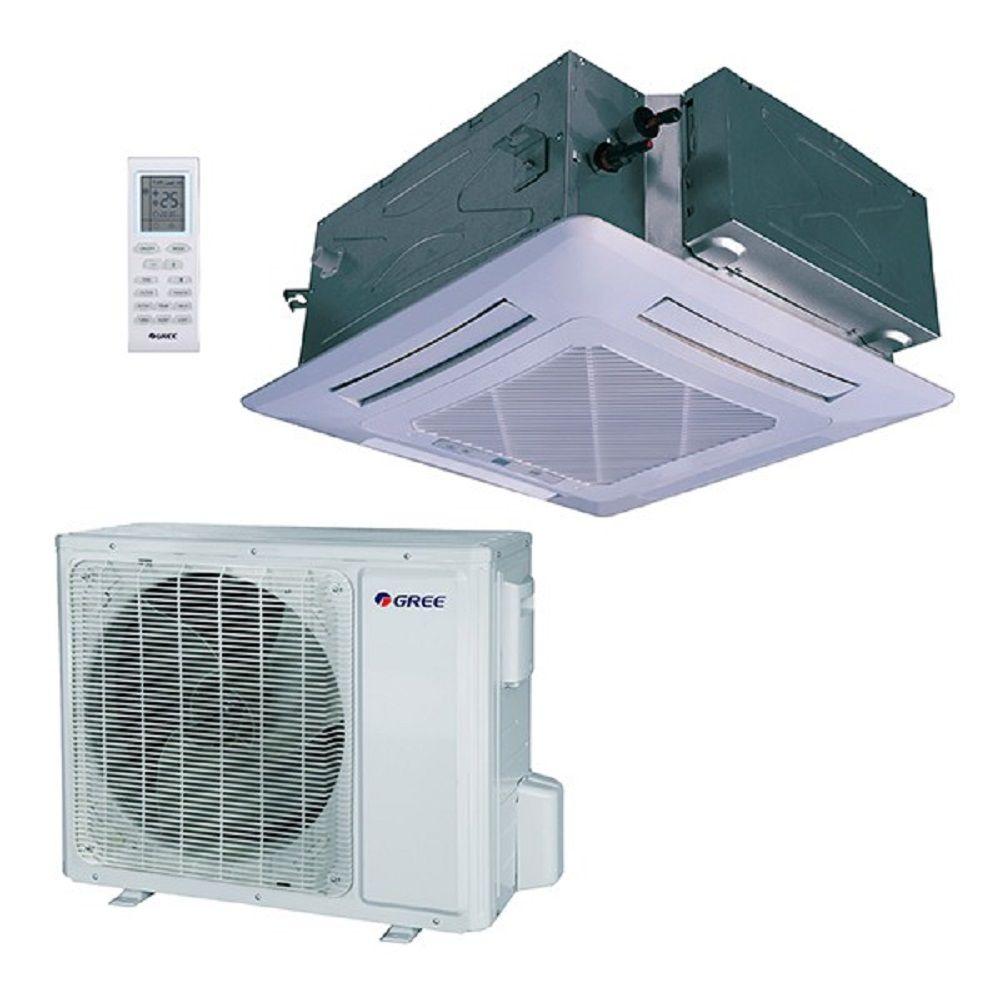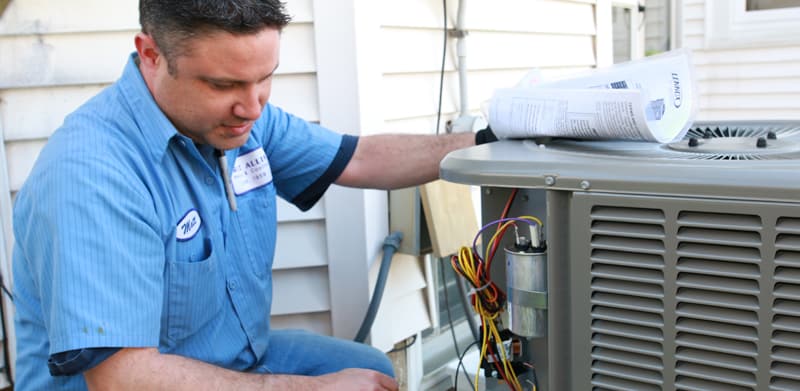Picture a world where the blistering heat of tomorrow meets your dependence on cooling today. As climate modification remains to alter temperature patterns worldwide, the effect on a/c needs comes to be progressively necessary.
But just what does this mean for the future of cooling down systems and the comfort they supply? Keep tuned to explore the unfolding challenges and potential solutions in taking care of the intersection of environment modification and a/c demands.
Key Takeaways
- Rising temperature levels drive increased demand for energy-efficient cooling.
- Sustainability initiatives promote environment-friendly air conditioning solutions.
- Adjusting framework to climate modifications is vital for reliable cooling.
- Cutting-edge technologies are crucial for sustainable and durable cooling.
Increasing Temperatures and Cooling Need
As temperature levels remain to increase globally, the need for air conditioning systems is raising significantly. mini split ac installation With the requirement for temperature level regulation ending up being more essential, individuals are relying upon air conditioning systems to maintain comfortable interior settings. This increase sought after is likewise pushing for improvements in cooling performance, triggering suppliers to develop more energy-efficient and efficient air conditioning options.
When it comes to temperature policy, cooling systems play an essential function in ensuring that indoor rooms remain amazing and comfortable, specifically throughout hot weather. The raising temperature levels as a result of climate change have made these systems crucial for several families and services alike. As a consumer, you might discover on your own looking for a/c systems that offer superior cooling efficiency to deal with the heat effectively.
In feedback to the intensifying demand for cooling systems, suppliers are concentrating on enhancing cooling performance to meet the requirements of customers while also attending to ecological concerns. By investing in energy-efficient technologies, these systems can give the required cooling without endangering on efficiency, using an equilibrium between comfort and sustainability.
Energy Intake Difficulties
With the climbing need for a/c systems driven by boosting temperatures, the challenge of power usage becomes a significant concern in the domain name of cooling down options. As cooling down demand trends continue to intensify due to climate adjustment results, there's a pressing demand for power performance technologies to address the rising power consumption patterns associated with air conditioning units.
To tackle this issue, sustainability initiatives play an essential function in advertising environmentally friendly techniques and decreasing the general energy consumption of cooling systems. By integrating energy-efficient technologies and carrying out lasting techniques, such as utilizing clever thermostats and optimizing structure designs for natural air conditioning, individuals and organizations can contribute to reducing the effect of cooling on power consumption.
Embracing these advancements not only assists reduced power bills but likewise aids in reducing the carbon impact connected with cooling down options, fostering a more sustainable approach to fulfilling the increasing need for cooling in a warming world.
Influence On Cooling Infrastructure
The value of keeping and updating cooling framework in feedback to environment adjustment can't be overstated. As temperature levels climb and extreme warm occasions come to be much more constant, the need for cooling systems is raising. Below are some bottom lines to bear in mind:
- Air Conditioning System Upgrades: With climate adjustment in mind, investing in energy-efficient air conditioning systems and modern technologies is necessary to meet the growing air conditioning demands. Updating to newer, more reliable systems can help in reducing energy intake and lower greenhouse gas exhausts.
- Framework Strength: Building resilient cooling facilities that can withstand the impacts of environment change, such as heatwaves and severe weather condition occasions, is vital. This consists of making certain appropriate insulation, air flow, and upkeep of cooling systems to boost their long life and efficiency.
- Climate Adaptation: Adjusting cooling framework to changing environment problems is required to meet the boosting cooling needs while reducing environmental impacts. Strategic preparation and investment in sustainable air conditioning solutions can help mitigate the effects of climate modification on cooling down systems.
Health And Wellness and Well-being Impacts
Keeping and updating cooling framework in action to climate adjustment not only impacts power effectiveness but likewise directly influences wellness and well-being.

When temperature levels soar as a result of environment change, the need for air conditioning increases, causing prolonged direct exposure to indoor environments. This extended exposure can have substantial results on mental wellness, as studies have revealed a relationship between extreme warm and raised levels of tension, stress and anxiety, and also depression.
In addition, as a/c systems work to cool down interior spaces, they play an essential role in preserving good interior air top quality. Poor interior air high quality can lead to respiratory system concerns, allergies, and other health issue.
Adjustment Techniques for Air Conditioning Requirements
Thinking about the rising demand for a/c because of environment modification, implementing adjustment strategies is very important to guarantee effective cooling services. To attend to the raising need for cooling down while reducing power consumption and costs, below are some vital methods to ponder:
- Cooling Efficiency: Enhancing the performance of your cooling system can substantially lower power usage. Routine upkeep, appropriate insulation, and purchasing energy-efficient models can all contribute to better cooling performance.

- Demand Action: Taking part in need response programs can help take care of peak electrical power need. By adjusting your air conditioning use during high-demand durations or making use of wise thermostats to enhance air conditioning based on power pricing, you can add to a much more sustainable power grid.
- Smart Innovation Combination: Incorporating smart technologies like sensors, automation, and remotes can aid you regulate cooling more effectively. These tools allow you to keep track of and change your AC system for top performance and power financial savings.
Future Outlook and Solutions
You can prepare for a raised emphasis on efficient cooling technologies, such as clever thermostats and variable refrigerant circulation systems, to deal with the influences of climate change on air conditioning.
Welcoming renewable energy alternatives like solar energy for cooling down systems will certainly come to be much more important as the demand for lasting remedies expands.
Adapting to the changing environment by executing innovative air conditioning strategies will be necessary in ensuring future convenience and ecological sustainability.
Efficient Cooling Technologies
As technology advancements rapidly, new efficient air conditioning technologies are emerging as promising options to combat the difficulties postured by climate change on air conditioning systems. One vital service is the combination of wise thermostats, which enhance cooling down based upon tenancy and use patterns.
Furthermore, eco-friendly structures that prioritize power effectiveness and lasting cooling practices are obtaining popularity to reduce environmental impact. Another innovative technology consists of variable cooling agent flow systems, which adjust the flow of refrigerant to fulfill specific cooling demands successfully.
These improvements not just enhance cooling down performance yet additionally contribute to reducing energy usage and greenhouse gas discharges when faced with climate adjustment challenges.
Renewable Energy Options
To attend to the growing influence of environment modification on cooling systems, exploring renewable resource choices is important for ensuring lasting air conditioning solutions in the future.
By harnessing solar energy, a/c units can operate successfully while minimizing their carbon impact. Photovoltaic panel can be installed on rooftops to capture sunshine and transform it into electricity, powering the air conditioning systems.
In addition, integrating geothermal systems can provide an eco-friendly and continuous resource of power for cooling. These systems make use of the steady below ground temperature level to cool down air in summer and warm it in winter, providing an environmentally friendly option to typical cooling methods.
Embracing solar power and geothermal systems can lead the way for a greener and more lasting future in air conditioning technology.
Adjustment to Altering Environment
Including innovative modern technologies and adaptive strategies is important for mitigating the impacts of environment modification on a/c systems. To enhance environment resiliency and improve temperature policy, consider the following:

- Implement wise thermostats to maximize power use and keep interior convenience degrees efficiently.
- Purchase structure insulation and energy-efficient windows to decrease heat transfer and reduce the work on ac system.
- Utilize all-natural ventilation strategies, such as cross ventilation and evening purging, to cool down indoor areas without solely depending on mechanical air conditioning systems.
Regularly Asked Inquiries
Just How Does Climate Adjustment Especially Impact the Performance of Cooling Equipments?
When environment change modifies temperature levels and humidity levels, air conditioning efficiency is influenced. Energy usage raises as systems function more challenging to maintain preferred indoor problems. This strain can bring about decreased effectiveness and potential system failings.
Regular system upkeep is important to ensure maximum efficiency in the face of transforming climate problems. By staying positive with upkeep, you can aid reduce several of the difficulties posed by environment change on cooling systems.

Are There Any Kind Of Prospective Health Risks Related To Boosted A/c Use Because Of Climbing Temperatures?
When you crank up the cooling to beat the warmth, you might be risking your wellness. Possible health and wellness risks from raised a/c usage include respiratory issues from bad air quality and increased direct exposure to irritants.
And also, the much more you rely upon AC, the greater the power consumption, causing higher greenhouse gas discharges and worsening climate modification.
What Are Some Cutting-edge Technologies Being Developed to Address the Enhanced Need for Cooling in a Transforming Climate?
When it involves ingenious modern technologies for air conditioning, energy-efficient alternatives are exceptional. Sustainable air conditioning remedies have actually gained traction as a result of their eco-friendly nature. These innovations aim to enhance convenience while minimizing environmental effect.
Energy-efficient air conditioning systems are being created and implemented to deal with the increasing need for cooling in a transforming climate. Accepting these innovative technologies can help you stay awesome without compromising the world's well-being.
How Do Urban Warm Islands Intensify the Requirement for A/c in Largely Populated Locations?
Urban heat islands, brought on by high populace density and urbanization, intensify the need for cooling in cities. Urban preparation can counteract this by integrating environment-friendly rooms and reflective surface areas to reduce warm.
Nonetheless, enhanced a/c usage in these locations results in greater energy usage and contributes to further environmental obstacles. Stabilizing city development with sustainable methods is important to resolve the worsening of a/c needs in densely populated areas.
What Role Do Federal Government Plans and Laws Play in Mitigating the Impact of Environment Modification on A/c Demands?
Government laws play a pivotal duty in dealing with climate modification influences. By setting requirements for energy performance, they encourage the adoption of environmentally friendly cooling modern technologies.
Urban preparation methods directed by these policies can improve environment change adaptation. Furthermore, guidelines focused on public wellness problems can focus on cooling requirements in susceptible locations.
Conclusion
As temperatures remain to climb due to environment modification, the need for cooling will only boost. This will lead to greater energy consumption, stress on cooling down infrastructure, and potential health and wellness threats.
It is necessary to execute adaptation strategies and lasting solutions to minimize these influences. By taking positive steps currently, we can guarantee an extra comfy and much healthier future for all.
